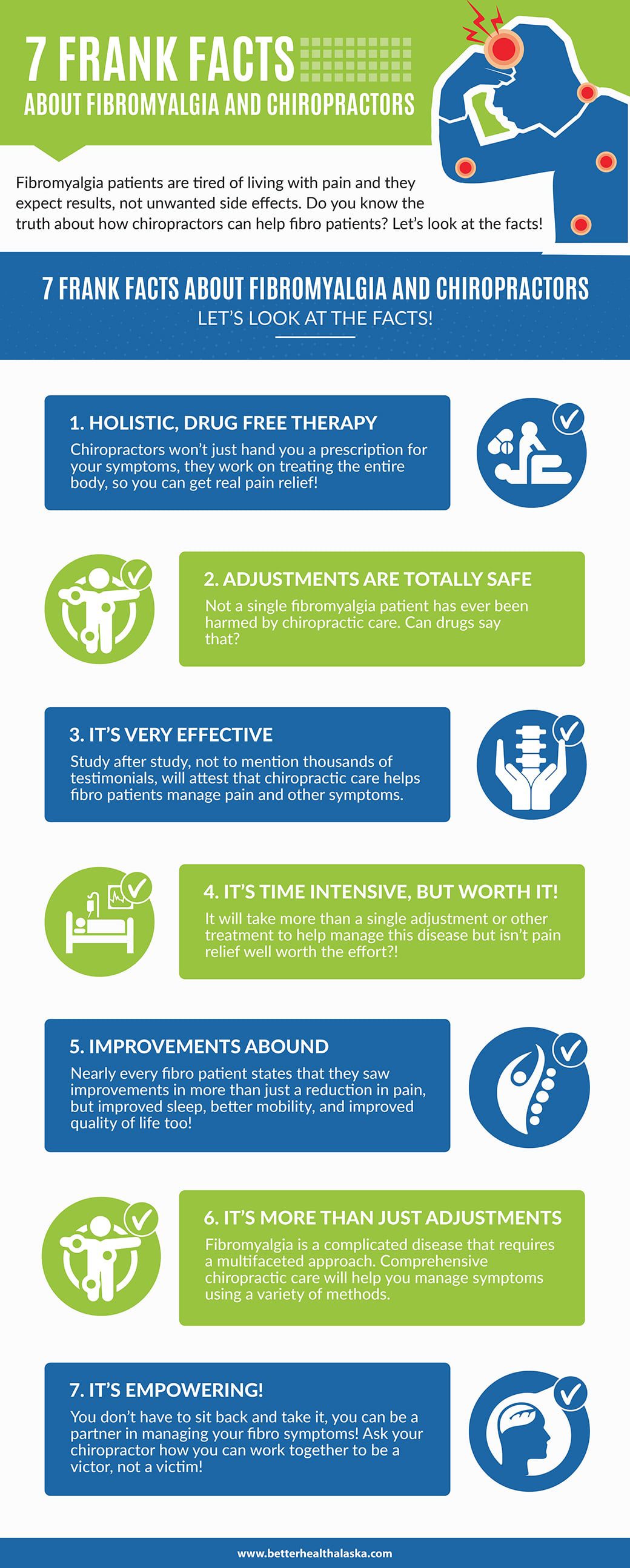Cold Laser Therapy Described: What You Should Know For Discomfort Alleviation
Cold Laser Therapy Described: What You Should Know For Discomfort Alleviation
Blog Article
Content By-
If you're fighting with persistent discomfort or swelling, you might have heard about cold laser treatment. https://hair-restoration76420.snack-blog.com/34392449/a-deep-dive-into-cold-laser-treatment-exposes-its-transformative-healing-power-and-complex-mechanisms -invasive treatment utilizes certain wavelengths of light to advertise healing and soothe pain. It's quick, comfortable, and can help you get back to your everyday regimen. Yet how does it actually work, and what should you consider before trying it? Allow's check out the ins and outs of this innovative treatment.
What Is Cold Laser Treatment?
Cold laser treatment, additionally referred to as low-level laser therapy (LLLT), is a non-invasive treatment that utilizes certain wavelengths of light to advertise recovery and reduce pain.
You might find it helpful for a selection of conditions, including persistent discomfort, inflammation, and injuries. This treatment works by boosting mobile feature, which can improve tissue repair and alleviate pain.
Many people appreciate that it doesn't call for any kind of downtime, allowing you to resume your everyday tasks right after a session. https://www.healthline.com/health/ask-the-expert-how-can-physical-therapy-help-spasticity report really feeling a warm experience during therapy, while others discover a prompt reduction hurting.
If you're searching for a drug-free option for discomfort monitoring, cold laser treatment could be worth taking into consideration for your wellness journey.
Just How Does Cold Laser Treatment Job?
When you go through cold laser treatment, specific wavelengths of light penetrate the skin to get to targeted cells. This non-invasive therapy utilizes low-level lasers or light-emitting diodes (LEDs) to stimulate cellular processes. The light power gets taken in by your cells, advertising boosted circulation and decreasing inflammation. Consequently, your body can accelerate recovery and reduce discomfort.
rosacea briarcliff manor causes a biochemical procedure called photobiomodulation, improving mobile metabolism. This procedure enhances ATP production, your body's power currency, helping cells fixing and restore extra successfully.
You could observe a reduction hurting and tightness as the treatment encourages cells regrowth. On the whole, cold laser therapy intends to give a safe, reliable option for handling different pain problems without the need for intrusive treatments or medicines.
Advantages and Considerations of Cold Laser Therapy
Therapies that advertise healing and discomfort alleviation frequently come with a variety of advantages, and cold laser treatment is no exception. This non-invasive therapy can minimize inflammation, accelerate cells repair, and alleviate discomfort without the demand for medicines or surgical procedure.
You may find it especially appealing considering that it typically includes very little side effects. Many individuals report quick sessions and a comfy experience, making it easy to integrate into your regimen.
Nonetheless, it's necessary to take into consideration that results can differ from one person to another. Not every person will certainly experience the exact same level of discomfort relief or healing.
Always consult with a medical care specialist before beginning any kind of new therapy to ensure it's the ideal selection for your certain requirements and problems.
Verdict
To conclude, cold laser treatment provides a non-invasive alternative for discomfort alleviation and healing. By promoting your body's natural processes, it can aid minimize persistent pain and swelling without the demand for medicines or surgical treatment. While many individuals experience positive results, it's crucial to seek advice from a medical care specialist to see if it's right for you. If you're seeking a comfortable and quick treatment, cold laser therapy might just be the option you require.
